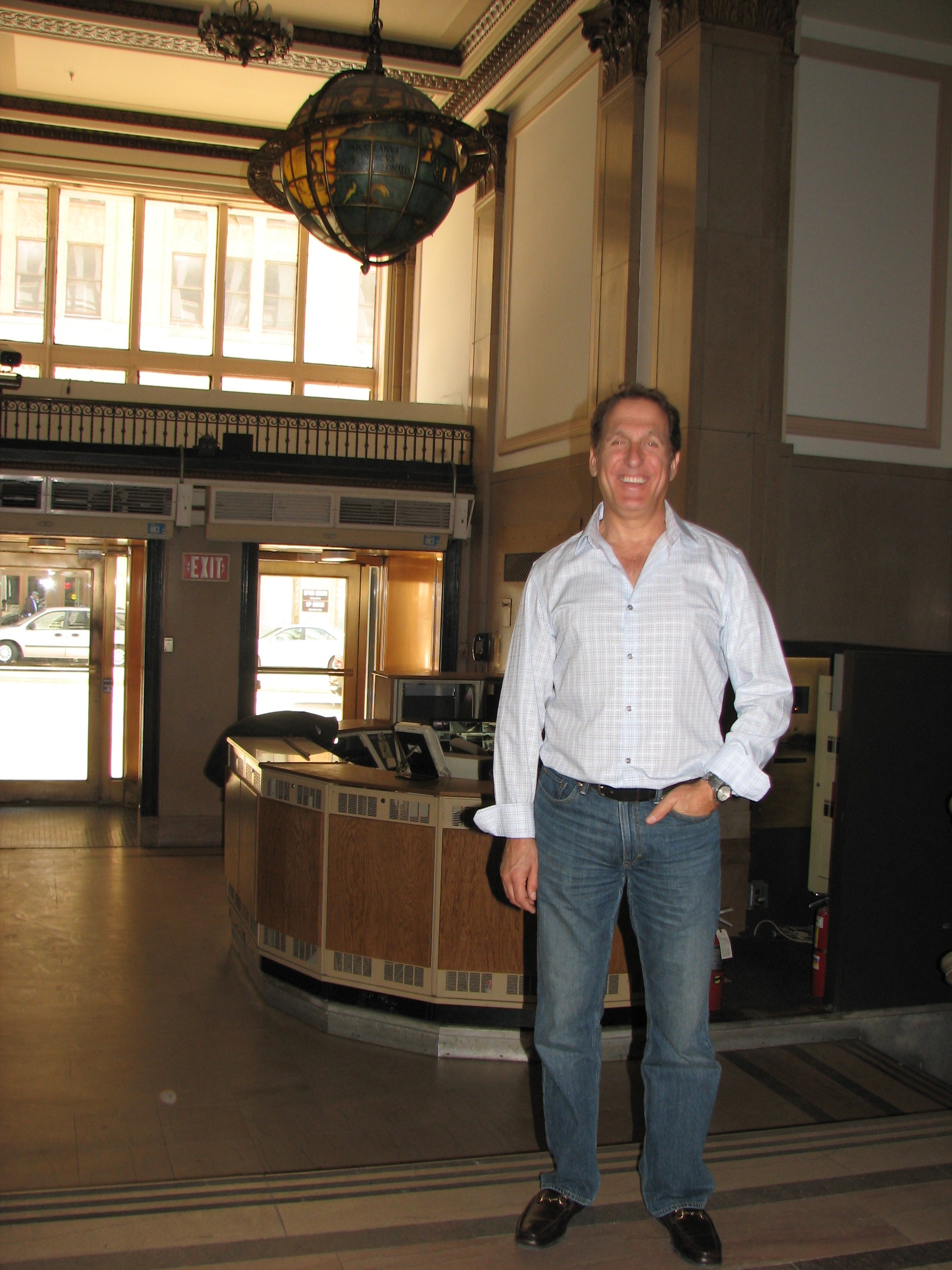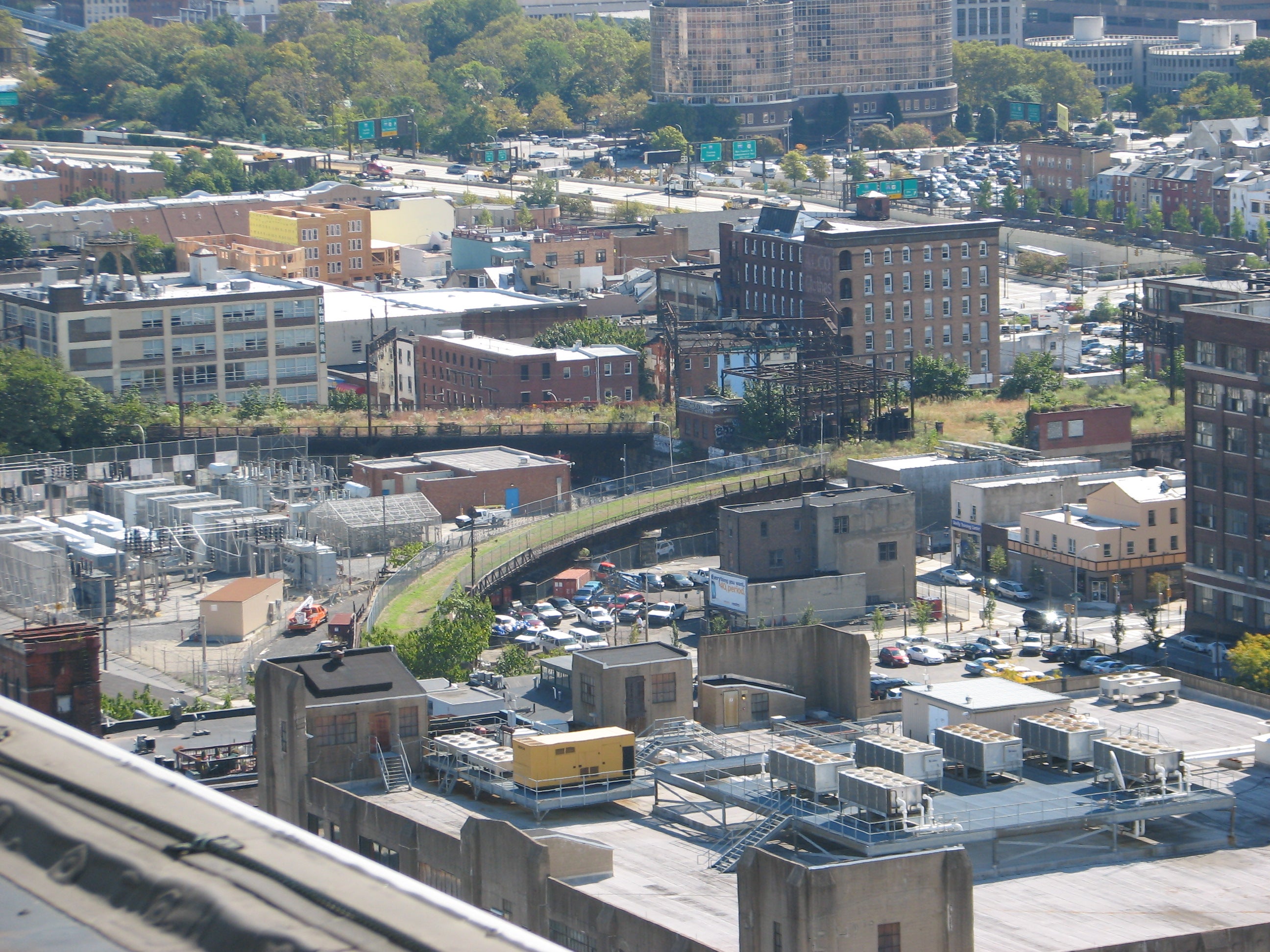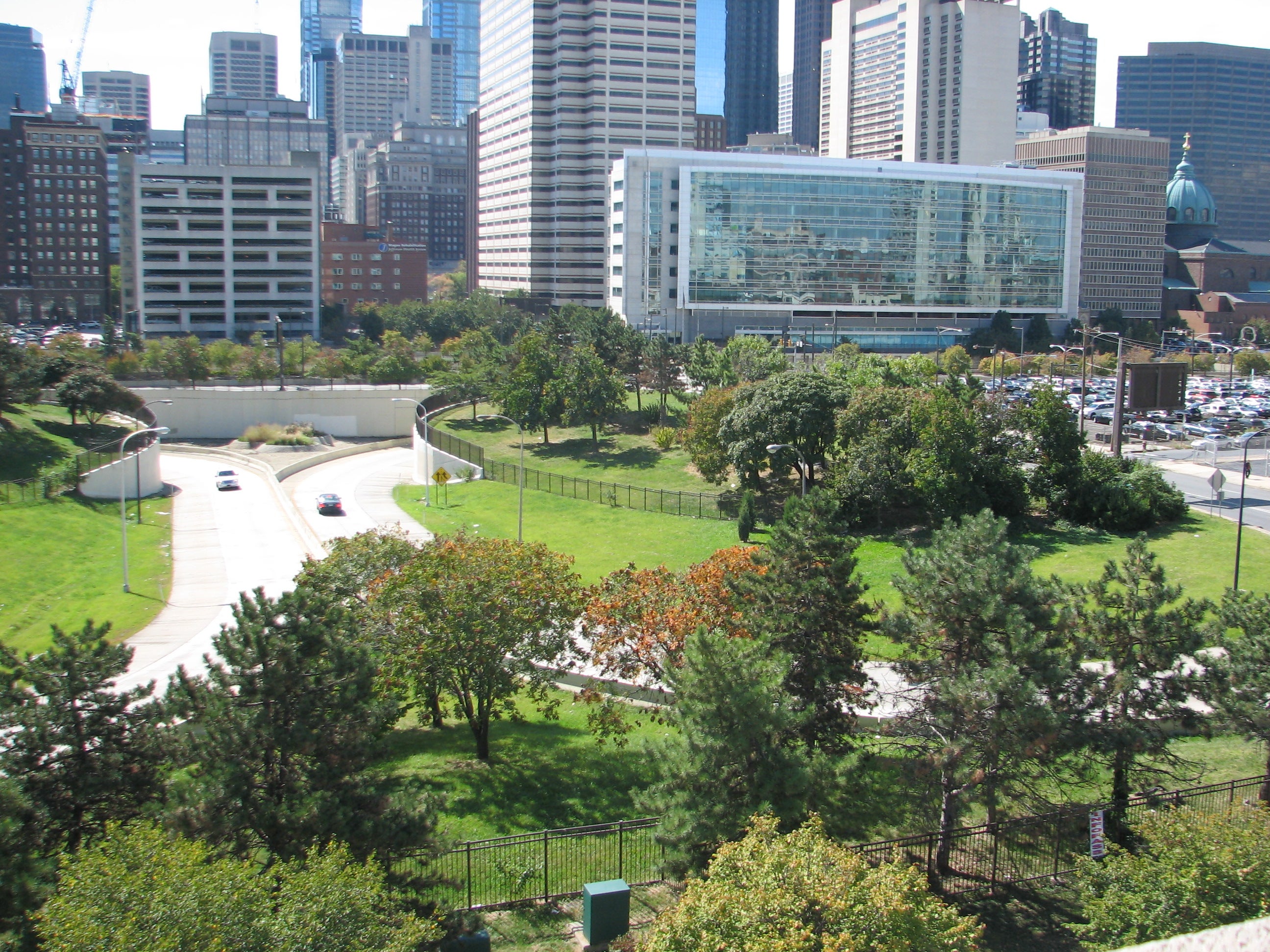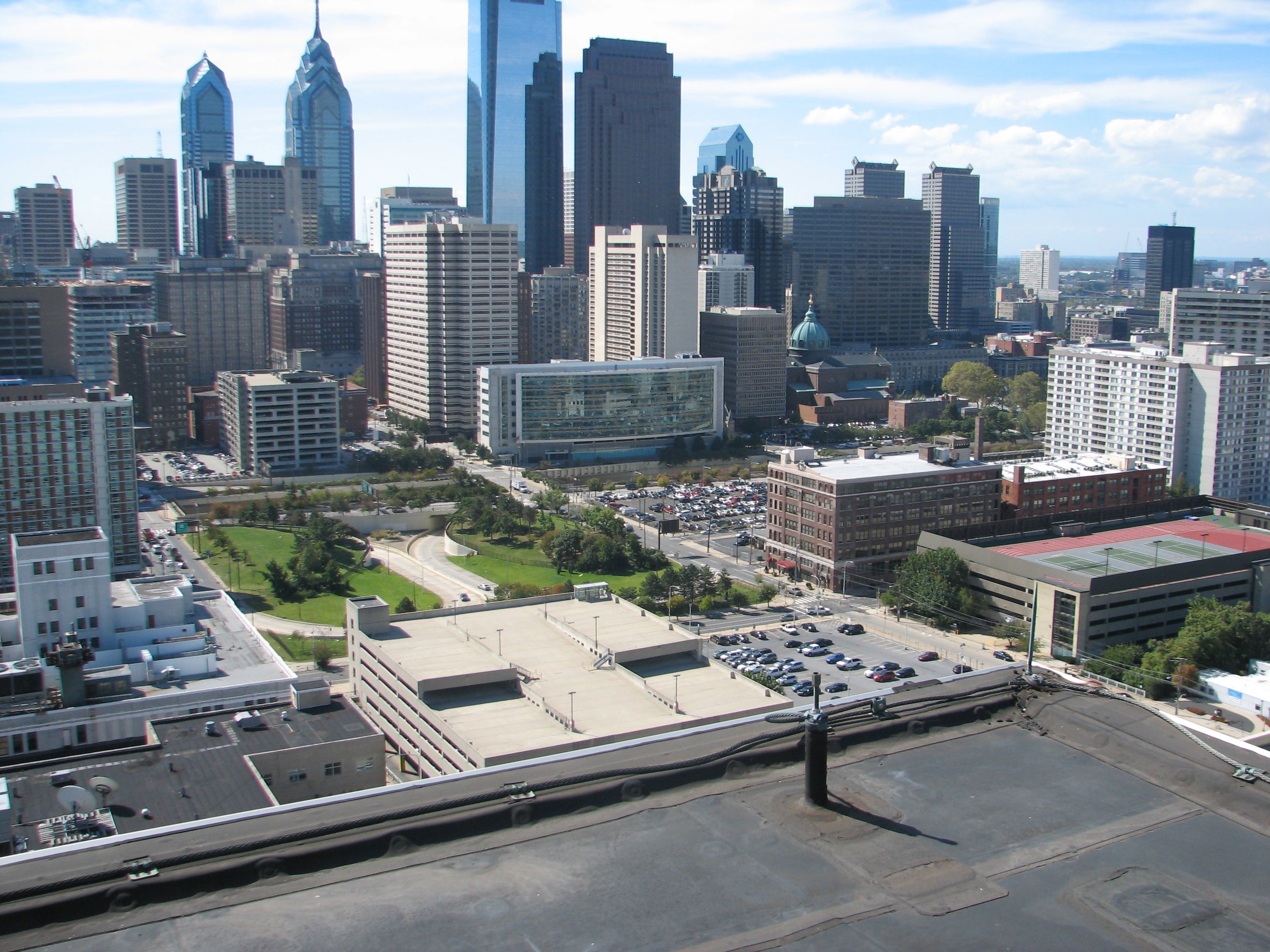Blatstein: The Provence has best location, is most transformative
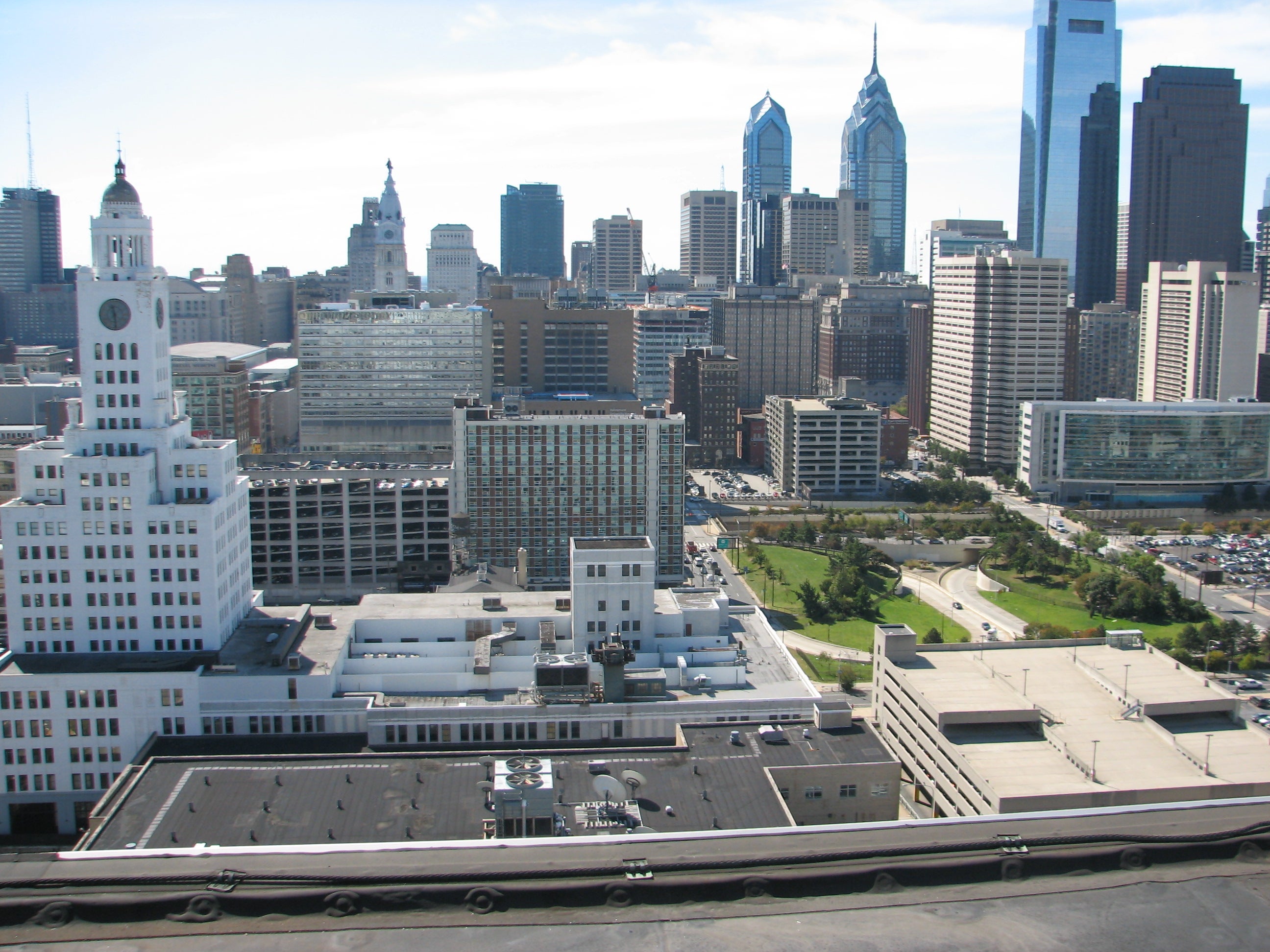
Ask Bart Blatstein why the casino he proposes for Broad and Callowhill streets should get Philadelphia’s remaining gaming license, and he takes out graphics from the city administration’s recent testimony to the Pennsylvania Gaming Control Board.
The bar charts and circles show consultant AKRF’s findings that Blatstein’s planned casino, hotel and entertainment complex, The Provence, would generate the most city and state tax revenue and bring in the most money through both gaming and non-gaming activity.
“This is not slots-in-a-box,” he said. “It’s a full, Vegas-type complex.”
Blatstein said in a recent interview that his proposal should beat out the other five license contenders because it’s in the best location and has the most ability to create economic growth around it. And also because he has already proven he can positively change a neighborhood with other large, urban projects.
Deputy Mayor for Economic Development Alan Greenberger told the PGCB that The Provence had the most potential in those areas and others, “if executed as proposed.”
Blatstein said he’ll build the project in a single phase, as proposed: A hotel in the towered, Broad Street portion of the former Inquirer Building; a second-story gaming floor in the former newsroom and in new construction stretching back to 16th Street; retail and restaurants fronting on Callowhill and a roof-top village with a swim club and entertainment and music venues. An existing 820-car parking garage between 16th and 17th on Callowhill stays, but will be connected to the complex via pedestrian bridge over 16th Street. See more here: http://theprovencecasino.com/
“You also heard Mr. Greenberger say I was the developer who has experience with large, urban development,” Blatstein said.
Previous success, but this would be bigger
From the rooftop of the former state office building his company has turned into apartments, Blatstein pointed out Avenue North, a development near Temple University with student apartments, retail and a movie theater. And he referenced The Piazza at Schmidt’s in Northern Liberties – a project he said was much harder to complete than the casino and entertainment complex.
Blatstein said he had to assemble more than 100 parcels, using eminent domain “to fill holes in the donut.” He had to clean up environmental issues and navigate city zoning.
“I have experienced complex development,” he said. “I do what I say I’m going to do.”
Blatstein built about 1.5 million square feet on 30 acres in Northern Liberties. The Provence would be 1.4 million square feet. The Piazza cost more than $200 million, The Provence would cost about $700 million, all told.
Casino license fees alone cost $70 million, and buying the land in Northern Liberties back in the early 2000s was much cheaper than buying the former Inquirer properties. “Think about Northern Liberties then,” he said. “It was then the middle of nowhere. Everybody thought I was crazy and overpaying for cheap real estate.”
An Econsult study done on the Northern Liberties census tracks where Blatstein developed “shows $1 billion of increased market value,” he said.
From another part of The Tower Place apartment building’s roof, Blatstein points to the shiny, pointed tops of Liberty Place. The Provence would be the most transformational project in Philadelphia since that was built, he said. Its impact would not be as big as Liberty Place, but it would be bigger than the Piazza’s.
“The difference is there is a lot of available development space on North Broad Street,” he said.
Walking from Tower Place to the Inquirer building, Blatstein points out single-story buildings and parking lots. “Look at all of this. This should be dense. This is Broad Street!” In Northern Liberties, one can build five or six stories, he said. But on North Broad? Twenty.”
To bring people to North Broad
While Blatstein was looking forward to an evening card game with old friends, “I’m not a gambler in casinos,” he said. “This had to be much, much more than a casino.”
The second-floor casino portion of the Provence makes up about 9 percent of the proposed building. “We needed something for late night in Philly. After dinner or a show, there’s not much for people who are out of their 20s,” he said. “It needed that dimension.”
The project needs that 9 percent casino, though, Blatstein said. He compares it to a grocery store in a plaza with many other destinations. “The casino brings in the steady flow of people. It’s like the anchor tenant of an entertainment complex.”
Blatstein said its important to transform this part of Callowhill into a walkable community. New Urbanism is about creating what he grew up with, he said. “We lived in Oxford Circle, and we walked everywhere,” he said. Except when, as young as 8 or 9, Blatstein and his friends took the bus or El to town – to King of Pizza, or the Automat for lunch, or to hang out near Franklin Field.
“Urbanism is how I was raised,” he said. And to that end, a sloping loading dock on the Callowhill Street side of 400 N. Broad will be replaced by about 1,500 feet of street level retail. While the hotel’s entrance would be on Broad Street, the main complex entrance faces Callowhill. The sidewalk will be widened and also, re-graded to a less severe slope – walking there now is uncomfortable.
Lights and more people will make the neighborhood safer, which will in turn bring even more people, he said, and that’s good for all businesses, and The Provence will also provide work for other local businesses, such as suppliers.
Location, location, location
From the rooftops of his new apartment building and the concrete parking garage that would be torn down to make way for new construction, Blatstein pointed out several other landmarks.
Being able to see the barrel roof of the convention center’s Broad Street expansion means that conventioneers are a short walk away, he said, and a casino and entertainment complex within walking distance of the convention center means more groups will want to book it.
He points to the office towers clustered on the western side of the Center City business district. “Seventy percent of the office space in the city is nearby, on the west side of Broad Street.,” he said, and those who work there could easily walk to The Provence, or take shuttles that it would provide. And the Broad Street Subway stops in front, too.
So, does all this talk about walkability and the business district and conventioneers mean The Provence won’t be a destination for out-of-towners?
Blatstein says no. The city attracts 41 million unique visitors a year, and The Provence would become a “must-see” destination for them. “It will become that iconic place – when you go to Philadelphia – you go to The Provence. It will be on the bucket list.”
Blatstein breaks into a big grin when he points out The Phoenix building at 1600 Arch Street. That’s where the Wynn Philadelphia team set up a media center chock full of information about the Wynn proposal for Delaware Avenue and The Provence and the other four license competitors. It’s where Dan Keating, head of the company that is Wynn’s project manager, made the case that the Wynn proposal was the best one for the city to PlanPhilly and other media, officials and the community.
“He didn’t set up his war room near his site,” Blatstein said. “He made my point for me.”
Note: Keating has offices in The Phoenix building, and Keating made the presentations personally.
One of Blatstein’s favorite characteristics of the proposed location is the sunny, southern exposure. “We’ll have unobstructed sunlight all day long,” he said. “We’re south facing, and nothing will ever be built along side of it” because of the Vine Street highway ramps.
What about traffic?
A great number of the potential casino’s customers would come by car. The site is adjacent to an exchange of the Vine Street Expressway, which drivers would use to connect to I-676, I-76, I-476 and I-95.
It’s not just Keating who asserts that The Provence would create traffic problems in the area. Greenberger described it as “already congested” and said the casino proposal would create additional traffic issues that would require work with the city streets department and PennDOT.
Blatstein highlights the planned walkability, the business district shuttle, the conventioneers and subway-takers. He adds that there is not one way in and one way out of The Provence, and says the traffic will be absorbed across the grid of streets.
And he said the peak busy times for The Provence will not be during rush hour. Much of the time, the streets and parking garages and lots in The Provence’s neighborhood are now well below capacity, he said.
Blatstein said he has applied with PennDOT for a vegetative permit that would allow him to landscape the Vine Street exchange. Combined with landscaping he would do on the Provence property, this would become an important city gateway, he said.
Some preservation, some improvements
The former Inquirer newsroom is quiet, dusty and empty now, with ghost outlines of desks on a rather ragged carpet.
Before it was the newsroom, it was the press room, where the newspaper was actually printed. An elevated catwalk surrounds the space, left over from those days. The catwalk would stay “because I think it’s cool,” Blatstein said. The large windows would also stay, and so would the globe chandelier hanging in the lobby.
The former newsroom would become a portion of the casino floor, but that gaming floor would stretch to 16th street, 74 feet above grade, in new construction meant to be a modern twist on the non-tower portion of the Inquirer building.
“We’re going to embrace the historic past while adding to it,” Blatstein said. “We’re going to do this grand building proud.”
The former Reading Terminal Viaduct is another bit of history that interests Blatstein. There is an effort underway to turn it into an elevated, linear park, something like New York’s High Line. If he gets the license, Blatstein said he would help extend the Viaduct to Broad Street, through a side lot he owns at 401 Broad.
Swan song?
The man who grew up in Oxford Circle currently lives in the suburbs, but recently purchased a historic mansion on Rittenhouse Square. When renovations are complete, he’s moving in.
The Provence proposal is “the best I can do for my city,” he said. If he gets the license, Blatstein said it will likely be his last big project, and he’ll be hanging out at The Provence with his friends. “It will be the clubhouse,” he joked.
If the license goes to Market8, Wynn Philadelphia, Live! Hotel and Casino, Casino Revolution or Hollywood Philadelphia? “There is no Plan B. I’ve spent no time thinking about that.”
When asked if he would sell the property if there can’t be a casino there, Blatstein said, “I’ve never been one to walk away.”
WHYY is your source for fact-based, in-depth journalism and information. As a nonprofit organization, we rely on financial support from readers like you. Please give today.



